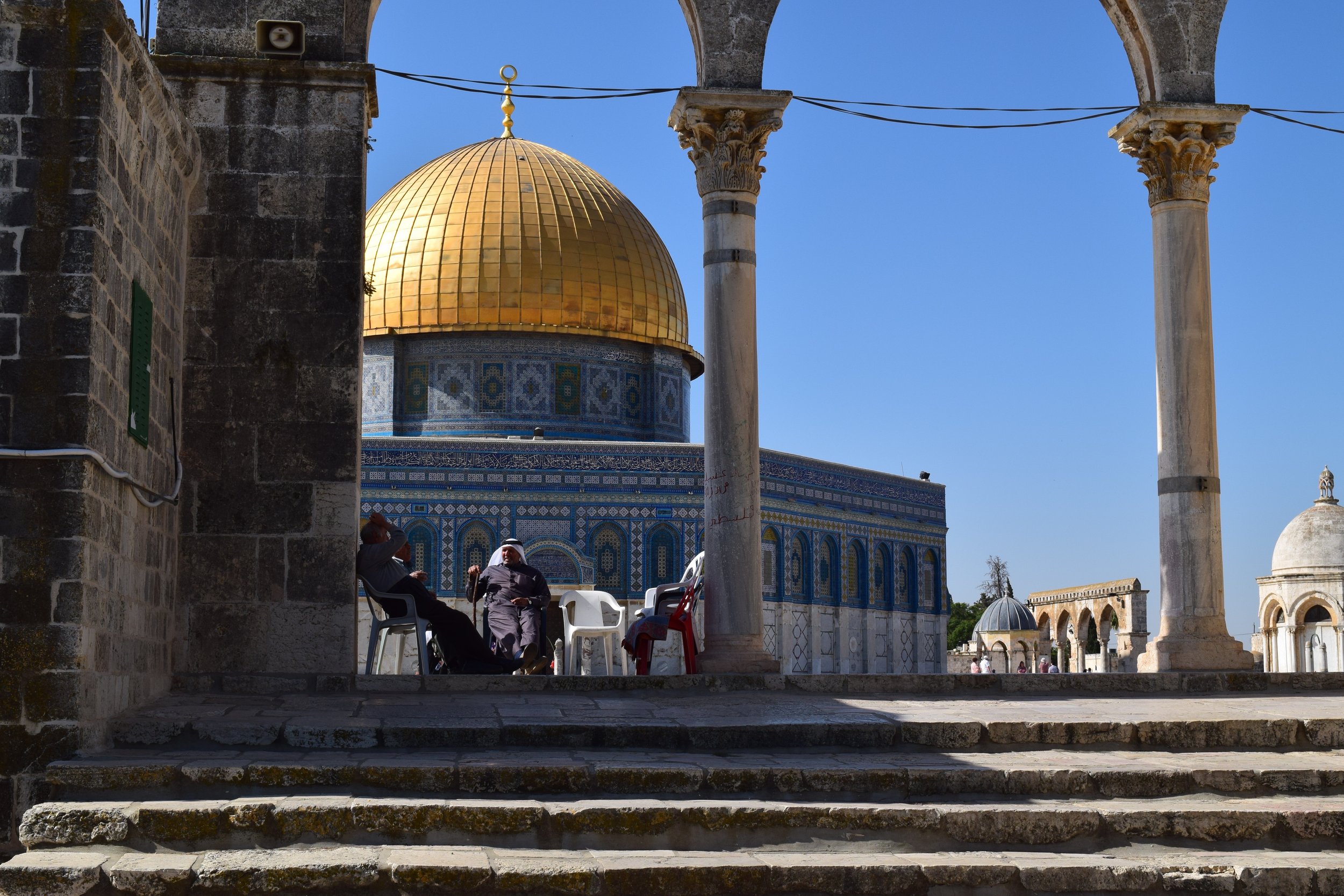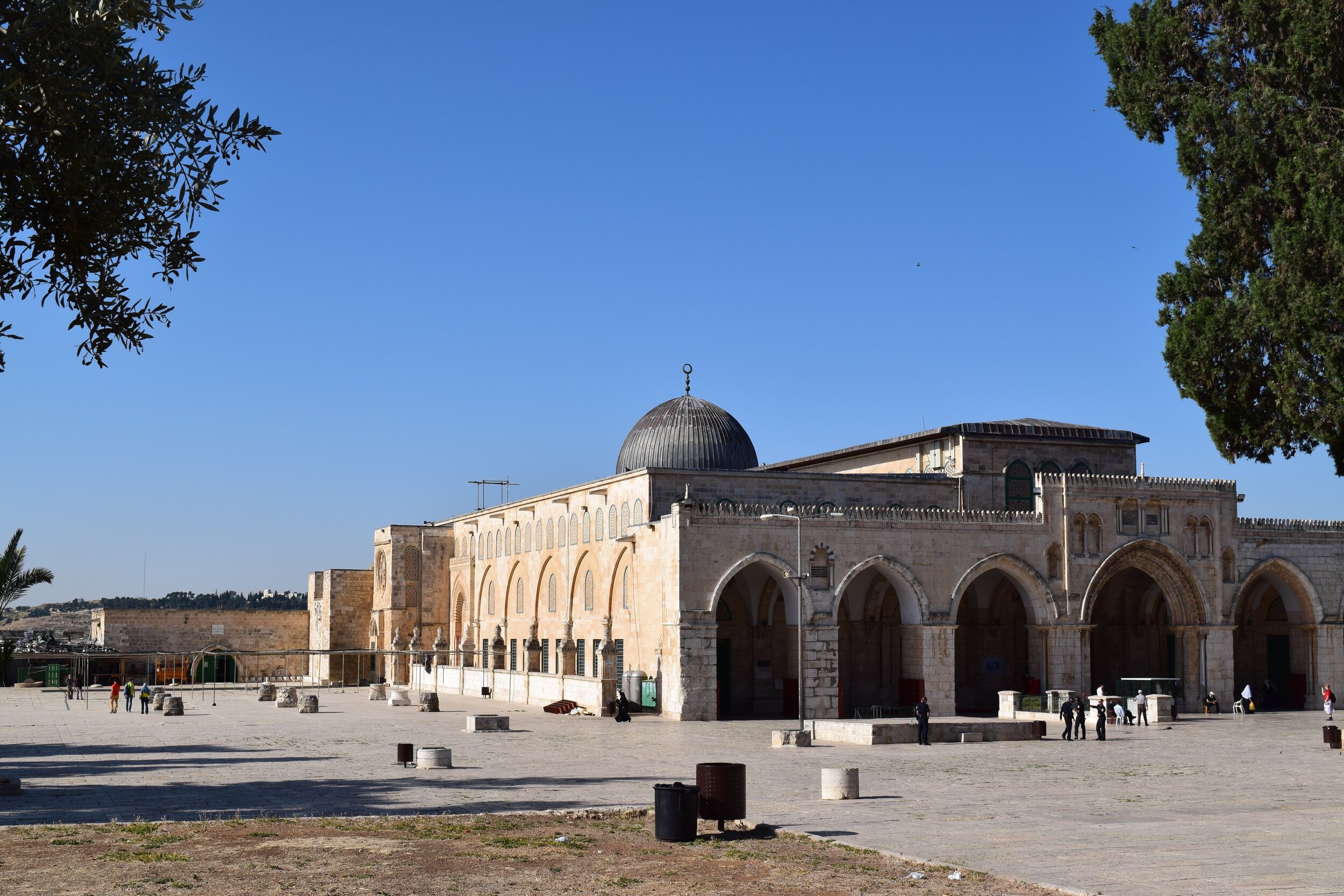The violence that spread from Jerusalem to cities across Israel and the Palestinian territories, leaving at least 60 dead so far, has both historical and contemporary roots.
In recent weeks, tension has flared over the eviction of Palestinian families in Sheikh Jarrah, East Jerusalem, Israeli authorities blocking access to the important Damascus Gate plaza during Ramadan, and a march of thousands of Israeli ultra-nationalists through the city on May 6, 2021, in celebration of “Jerusalem Day,” which marks the capture of East Jerusalem in 1967.
But the one incident that led to a significant escalation involved Israeli security forces firing rubber-coated bullets, tear gas and stun grenades at worshipers gathered at al-Aqsa mosque on May 7.
When I teach introduction to Islam, I include a discussion about al-Aqsa as part of the syllabus. That’s because Al-Aqsa has deep religious significance for Muslims around the world. But, it is also important to highlight its remarkable political relevance for Palestinians. These two facts often make it a focal point for conflict.
The night journey of Muhammad
The Masjid al-Aqsa, or simply al-Aqsa, means “the farthest mosque” or “the farthest sanctuary,” and refers to the lead-domed mosque within the sacred precinct of Haram al-Sharif – “the Noble Enclosure.” The precinct includes the Dome of the Rock, the four minarets, the compound’s historic gates and the mosque itself.
Mentioned in Sura 17, verse 1 of the Quran, the mosque is linked to the story of Muhammad’s Isra – the “night journey” from Mecca to Jerusalem – that in part confirms him as the last and most authoritative of the prophets for Muslims. The Quran says the prophet was “carried…by night from the Sacred Mosque [in Mecca] to the Farthest Mosque [al-Aqsa], whose precincts we have blessed.”
From there, it is believed that Muhammad ascended to heaven – called the Mir'aj. The Dome of the Rock – Qubbat as-Sakhra – is said to shelter the rock from where Muhammad physically ascended.
The mosque’s origins stretch back to the seventh century. It was first built in 637 C.E., just five years after the prophet’s death. It has been destroyed, rebuilt and renovated multiple times.
The current building largely dates to the 11th century and hosts daily prayers and Friday gatherings that draw large crowds. It lies adjacent to important Jewish and Christian religious locales, particularly the site of the First and Second Jewish Temples.
At times, the Dome of the Rock – a shrine – and al-Aqsa – a mosque – have been confused as one and the same. While part of the same “Noble Sanctuary,” they are two distinct buildings with different histories and purposes.
However, the term al-Aqsa is sometimes used to indicate the entire “Noble Sanctuary” complex. Originally, it is believed that the term “the farthest sanctuary” referred to Jerusalem as a whole.



